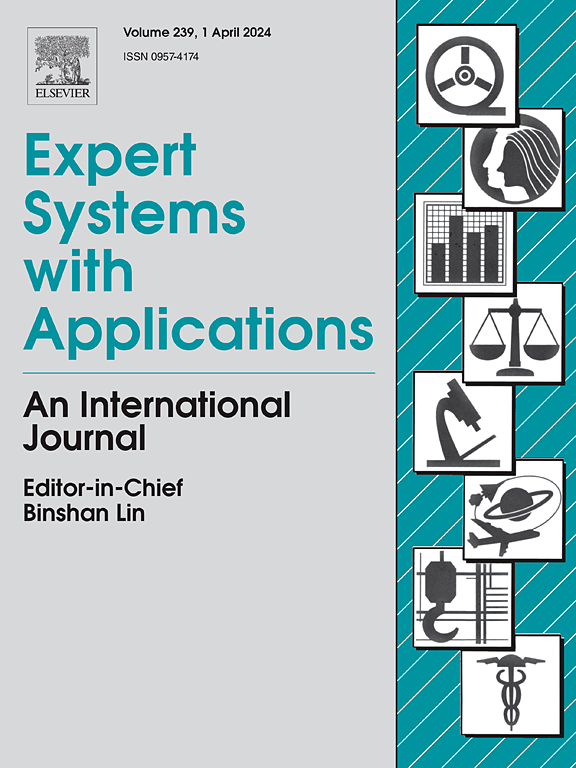Hyperspectral anomaly detection via Cascaded convolutional autoencoders with adaptive pixel-level attention
IF 7.5
1区 计算机科学
Q1 COMPUTER SCIENCE, ARTIFICIAL INTELLIGENCE
引用次数: 0
Abstract
In recent years, autoencoder (AE)-based hyperspectral anomaly detection (HAD) methods have been receiving much attention, the residual between original hyperspectral image (HSI) and the reconstructed image is used to identify anomalies. However, due to the generalization ability of AEs, abnormal pixels can also be reconstructed well. Conversely, the variation in background spectra can lead to poor reconstruction of complex background samples. As a result, most reconstruction error-based methods tend to generate high false alarm rate or suffer from missed detection. To solve these problems, this paper proposed two Cascaded AEs with adaptive Pixel-level attention module (CAPNet) for HAD. The proposed CAPNet extracts the common features of the same materials through cascaded AEs, thus alleviating the differences caused by spectral variation. Specifically, the input HSI is passed into the first AE to extract shallow features, and then the first reconstructed HSI is fed into the second AE while the abnormal information is retained by skip connections. Through this structure, CAPNet can effectively extract discriminative high-level semantic features, and enhance the differences between anomalies and background. In addition, to reduce the redundancy of feature fusion and enhance the representation of background, multiple adaptive pixel-level attention modules are embedded into the decoder to guide the decoding process, so that the reconstructed data has a greater difference between anomalies and background. Finally, we use Mahalanobis distance instead of reconstruction errors for anomaly detection on the second reconstructed HSI. In the experiments, including comparison and ablation studies on five datasets, demonstrate the effectiveness and competitiveness of the proposed CAPNet.
求助全文
约1分钟内获得全文
求助全文
来源期刊

Expert Systems with Applications
工程技术-工程:电子与电气
CiteScore
13.80
自引率
10.60%
发文量
2045
审稿时长
8.7 months
期刊介绍:
Expert Systems With Applications is an international journal dedicated to the exchange of information on expert and intelligent systems used globally in industry, government, and universities. The journal emphasizes original papers covering the design, development, testing, implementation, and management of these systems, offering practical guidelines. It spans various sectors such as finance, engineering, marketing, law, project management, information management, medicine, and more. The journal also welcomes papers on multi-agent systems, knowledge management, neural networks, knowledge discovery, data mining, and other related areas, excluding applications to military/defense systems.
 求助内容:
求助内容: 应助结果提醒方式:
应助结果提醒方式:


